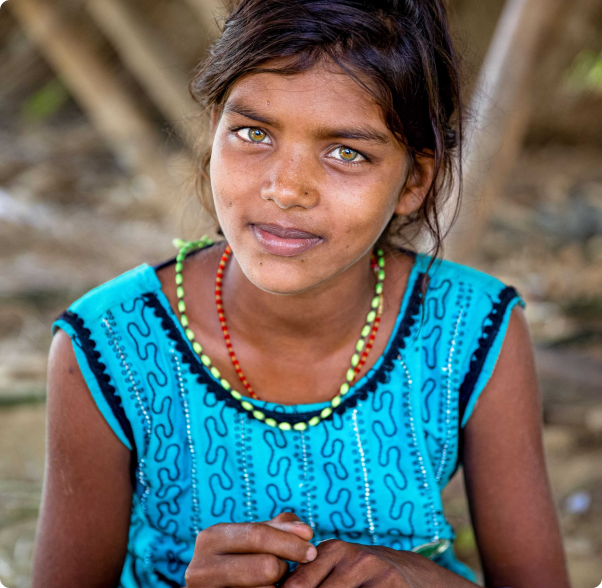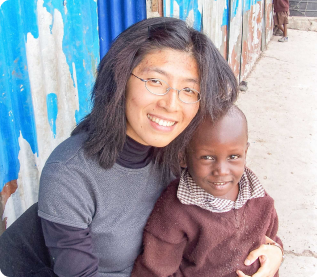Summary
Known as the “Land of Smiles,” Mozambique is located on the southeastern coast of Africa. Stunning beaches, turquoise water, and well-preserved corals line the coastline, adding to this nation’s exotic and undeveloped beauty. It is believed that roughly 40% of the world’s unmined rubies can be found here. In fact, the Montepuez ruby mine is the largest in the world. Yet despite these rich natural resources, Mozambique remains one of Africa’s poorest countries.
After gaining independence from Portugal in 1975, Mozambique suffered through a sixteen-year civil war that shattered the economy and claimed millions of lives. Recovery has been slow and difficult. An estimated 65% live in poverty, and 21% are unemployed. Approximately 81% of the population is agrarian, using the crops and animals they raise to feed themselves and their families. In addition, an estimated 1.8 million people are plagued with HIV/AIDS, the cause of thousands of deaths each year. Many children suffer from chronic malnutrition, and malaria is responsible for about 35% of children’s deaths. Today this nation is yet again being torn apart by violence between the government and the Mozambican National Resistance (RENAMO), a group that formed in 1976 and has representation within the government. Violent clashes between RENAMO and the government have caused the deaths of thousands and are responsible for over a million refugees. They have signed two unsuccessful peace treaties, one in 1992 and another in 2014. Violence continues despite the peace treaties and the 2014 elections brought further upheaval and instability.
Mozambique is about 46% Christian, 32% Ethnoreligious, and 18% Muslim. Though 11 million claim Christianity, 3 million are Evangelical, representing the fastest growing religious group in the nation! Missionaries are able to receive visas into the country and are able to minister without fear of the government. Years of suffering has led many Mozambicans to seek spiritual answers, and many churches have been planted! Yet there remains a great need for training and discipleship, particularly among the pastors and leaders of these newly planted churches.




